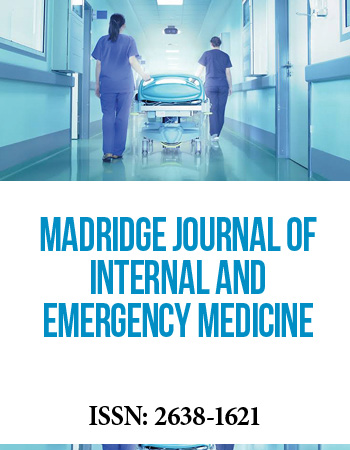International Translational and Regenerative Medicine Conference
April 25-27, 2018 | Rome, Italy
Urinary Neuropilin-1 as a Novel Biomarker in the Prognosis of Lupus Nephritis
1Hospital Universitari Vall d´Hebron, Vall d´Hebron Research Institute (VHIR), Barcelona, Spain
2Universitat Autònoma de Barcelona, Barcelona, Spain 3 Hospital Universitari Vall dʼHebron, Barcelona, Spain
4IIBB-CSIC-IDIBAPS, Barcelona, Spain
4IIBB-CSIC-IDIBAPS, Barcelona, Spain
5CIBER-BBN, (CIBER-BBN), Barcelona, Spain
Background: In Lupus Nephritis (LN), there is still a need to identify a biomarker to better monitor disease activity, guide clinical treatment and predict patientʼs long-term outcome. Several studies have suggested a possible role of Neuropilin-1 (NRP-1) in renal repair, therefore its relevance in predicting clinical response was investigated.
Methods: Urinary NRP-1 expression and protein levels were evaluated in two cross-sectional cohorts of patients with biopsyproven LN (N=45 and 25) and in three controls cohorts (N=25 for each). Thirty-eight (54%) patients from the combined cohorts achieved complete remission following standard therapy in a median time of 18.5 months. A prospective cohort of LN (N=39) was used to evaluate the changes of NRP-1 levels over time.
Results: Significantly higher urinary NRP-1 levels in patients with active LN compared with control groups were found. Patients who achieved complete response had high urinary and tissue NRP-1 levels at the time of renal biopsy (p<0.001 and p<0.01, respectively). Areas under the receiver operating characteristic curve, comparing baseline creatinine, proteinuria, urinary NRP-1 and VEGFA protein levels, showed NRP-1 levels to be an independent predictor factor for clinical response (AUC 0.8384, p=0.003). By longitudinally tracking patients, we found that NRP-1 levels remained markedly increased in the patients with complete response (median levels 1112 ng/mg Cr, p=0.003).
Conclusions: These findings indicate that urinary levels of NRP-1 may predict clinical response and could be used as an early biomarker for the prognosis of therapy response in lupus nephritis patients.
Biography:
Dr. Cristina Sole obtained her PhD in chemistry and biochemistry in Rovira Virgili University (Tarragona, Spain) with 12 publications. She was in the Molecular Biology Department of the Island Balearic University (Mallorca, Spain), in the Reading University with Dr. Katja Strhohfeldt (UK), in Durham University with Prof. Andy Whitting (UK) and in Anacor Pharmaceutical Company (Palo Alto, California, USA). In 2014, she received a post-doctoral grant to work with Lupus Unit with Dr.Ordi in Vall dʼHebron Institute Research (VHIR, Barcelona). She is currently interested in translational research based on urinary biomarkers in lupus nephritis and molecular mechanism of action in cutaneous lupus.


